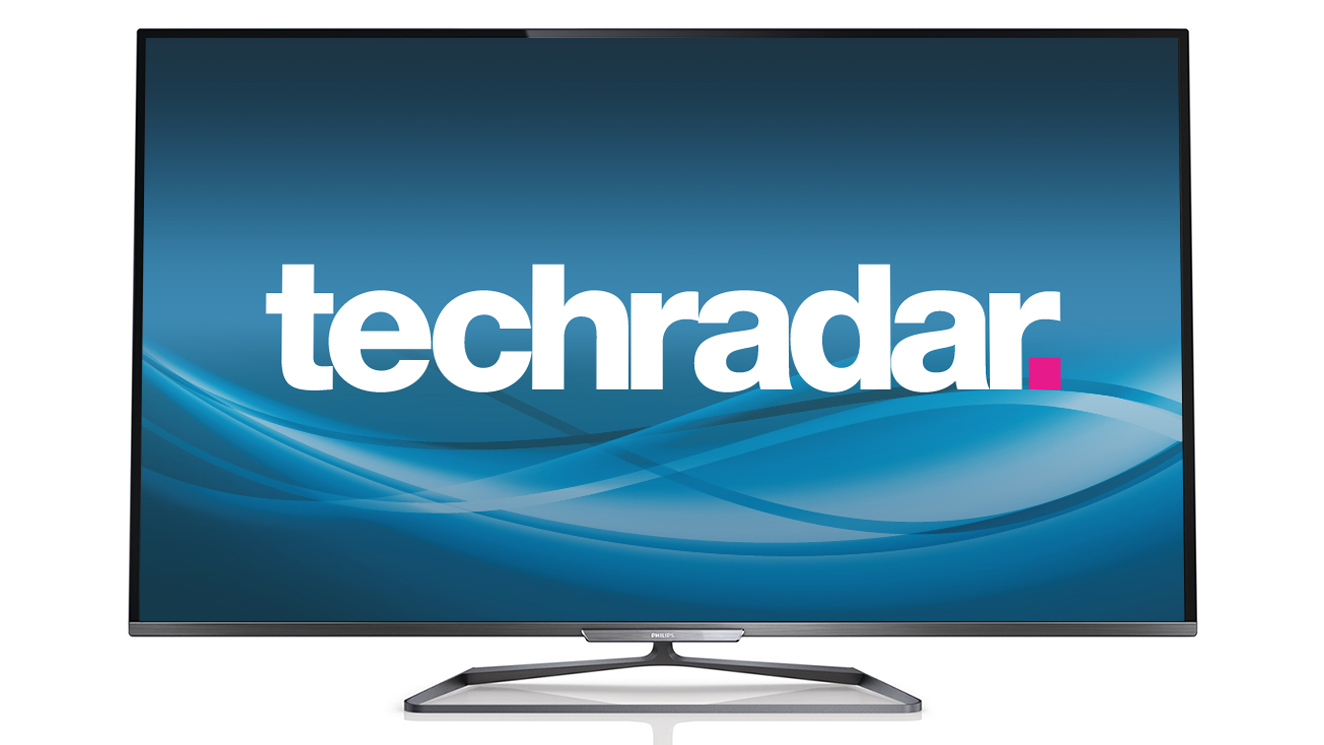Why you can trust TechRadar
Although last year it was just clever enough to compete, the Smart TV interface on the Philips 42PFL6008 has been sadly left unchanged. As a result it's not on a par with the big brands, though we're happy enough with its app selection. Design-wise it's rather stale, with graphics simply not hi-res enough for a TV this size - let alone the 55-inch version. But a bigger problem is a lack of processing power.
Though it's hamstrung by the relatively slow uptake of the Philips 42PFL6008, where this TV does stand out is in its provision of a quite wonderful remote control. We've seen slinky, dinky, slim and shiny touchpad remotes from the likes of Panasonic and Samsung this year that both try to use voice control instead of buttons, but Philips has gone entirely in the other direction.
It weighs a hefty 160g (5.6oz), but that's because it has double the build quality of most - and double the buttons. One side is a regular remote with the usual array of shortcuts, including a Home button and a Smart TV button, around some navigational arrows.
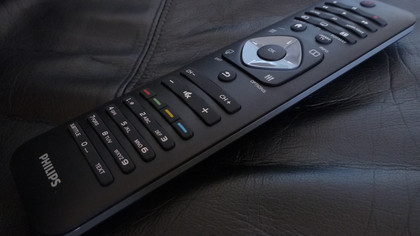
It's good to see pause/rewind/play buttons on the top of the remote rather than the more normal bottom, though the volume and channel buttons perhaps aren't as prominent as they could be.
On its rear is a full QWERTY keyboard split in half for easy thumb operation, compete with shortcuts for @, two space bars and cursors. A function button also gives most buttons double uses, which creates easy access to www. and .com entry, as well as myriad punctuation.
Our only issue with the design is that the standby button on the 'proper' side of the remote is too easy to depress while using the keyboard.
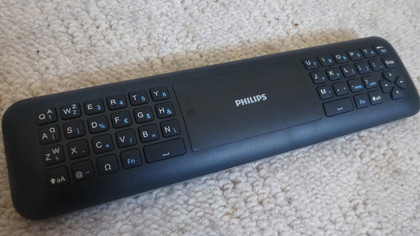
Smart features
Although the dual remote idea is great in theory, in practice the web browser software it's designed to make usable is far from a pleasure to use. It's slow, with navigation via a far from ideal system of scrolling through links on the page. Fonts are oddly treated, too.
What we would like to see on Philips TV remotes is a dedicated shortcut to its Pixel Precise HD options, which are somewhat buried away in the on-screen menus. That's a particular wish for Philips TVs because, like the Philips 42PFL6008, they tend to have more picture processing options, and more powerful ones at that. They all need some investigation and experimentation, but we fear that most users completely ignore them.
One option for those who'd prefer a less-is-more approach is the MyRemote app for iOS and Android, both of which have been updated for the second-screen age.
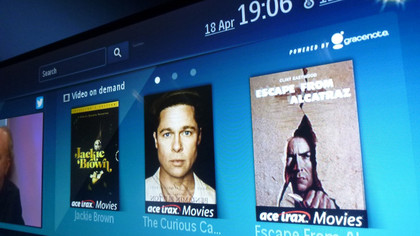
Wi-Fi Smart Screen puts whatever live TV channel is playing on the TV onto a phone, though we had problems. It took over a minute to load, was at least 10 seconds behind, stuttered a lot, then crashed the app.
The app's other new feature, SimplyShare, is much better, enabling both photos and music on a phone or any other networked device (NAS drive, computer, tablet) to be sent to the TV. It works quickly and well, though most second-screen apps have introduced video-sending for 2013 - Philips is a bit behind the curve.
File support
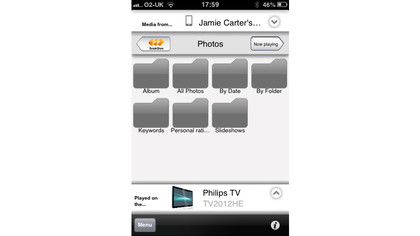
From a USB flash drive the Philips 42PFL6008 played a wide variety of files in our test. The likes of AVC HD, MPEG-2, MPEG-4, AVI, MOV, WMV and WMV HD video files are supported, though sadly a folder of MKV files was not.
Music and photos are played in the MP3, M4A, WAV, WMA and JPEG formats, respectively. Linked to an iMac the Philips 42PFL6008 then supported MKV files (though couldn't produce an HD resolution) as well as lossless OGG and APE music files.
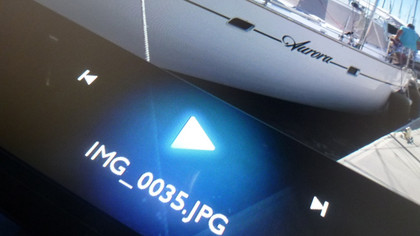
However, the user interface for playing digital media is not good. As well as it being downright confusing to find a specific file (there are two layers - and choices - of navigation, though file display isn't consistent), we did experience some irritating lags and freeze-ups.
Plus the whole process is slightly muddled by having to choose between video, music and photo before delving into folders and files. It's all a bit old fashioned despite looking rather stylish.
TV guide
Generally speaking we like the Philips 42PFL6008's core user interface. It's jet-black and only occupies a band across the middle of the screen.
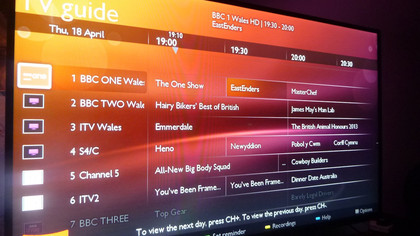
Swapping inputs, engaging the impressive TV guide for Freeview HD (seven channels simultaneously in two-hour blocks) or twiddling a few settings is fairly simple and everything looks rather stylish, though it does all feel a tad separate from the rest of the TV.
In fact, making changes to picture parameters and locating the processing tweaks within Pixel Precise HD is quite a journey - we'd advise spending a hour or two trying things out on various sources and taking some decisions, because you're not likely to attempt to quickly change the contrast during a Blu-ray disc.
Sound
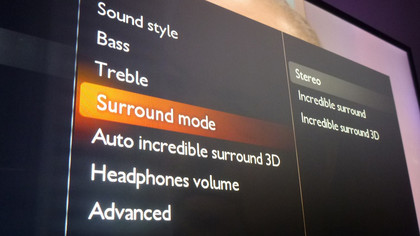
Although we've heard better, more powerful soundscapes from Philips TVs, the audio emanating from the Philips 42PFL6008 is beyond respectable - and that's rare for any super-slim TV.
A small woofer on the back of the TV helps create a hugely effective, though actually fairly subtle, dollop of bass that livens up movie soundtracks and music, in particular. It shouldn't be overstated, and the quasi-surround modes are actually quite disappointing, but the Philips 42PFL6008 has enough audio prowess to make it sound like, well, an old TV.
Value
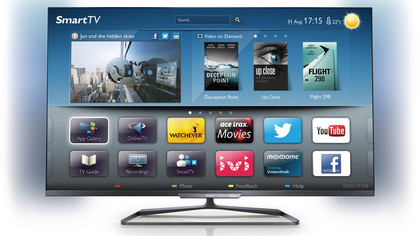
Four pairs of 3D specs is par for the course for almost all passive 3D TVs, so look elsewhere for hints of good value.
The lack of a working Freesat HD tuner is a shame, but since few TVs have both Freeview HD and Freesat HD tuners, we're not too concerned about that.
Instead, the best value aspects of this television are in build quality and picture quality. There are few better built TVs than Philips TVs, period, while the picture punches above its weight not just in producing highly detailed HD pics, but in treating soft and fuzzy SD images almost as well.
Jamie is a freelance tech, travel and space journalist based in the UK. He’s been writing regularly for Techradar since it was launched in 2008 and also writes regularly for Forbes, The Telegraph, the South China Morning Post, Sky & Telescope and the Sky At Night magazine as well as other Future titles T3, Digital Camera World, All About Space and Space.com. He also edits two of his own websites, TravGear.com and WhenIsTheNextEclipse.com that reflect his obsession with travel gear and solar eclipse travel. He is the author of A Stargazing Program For Beginners (Springer, 2015),
